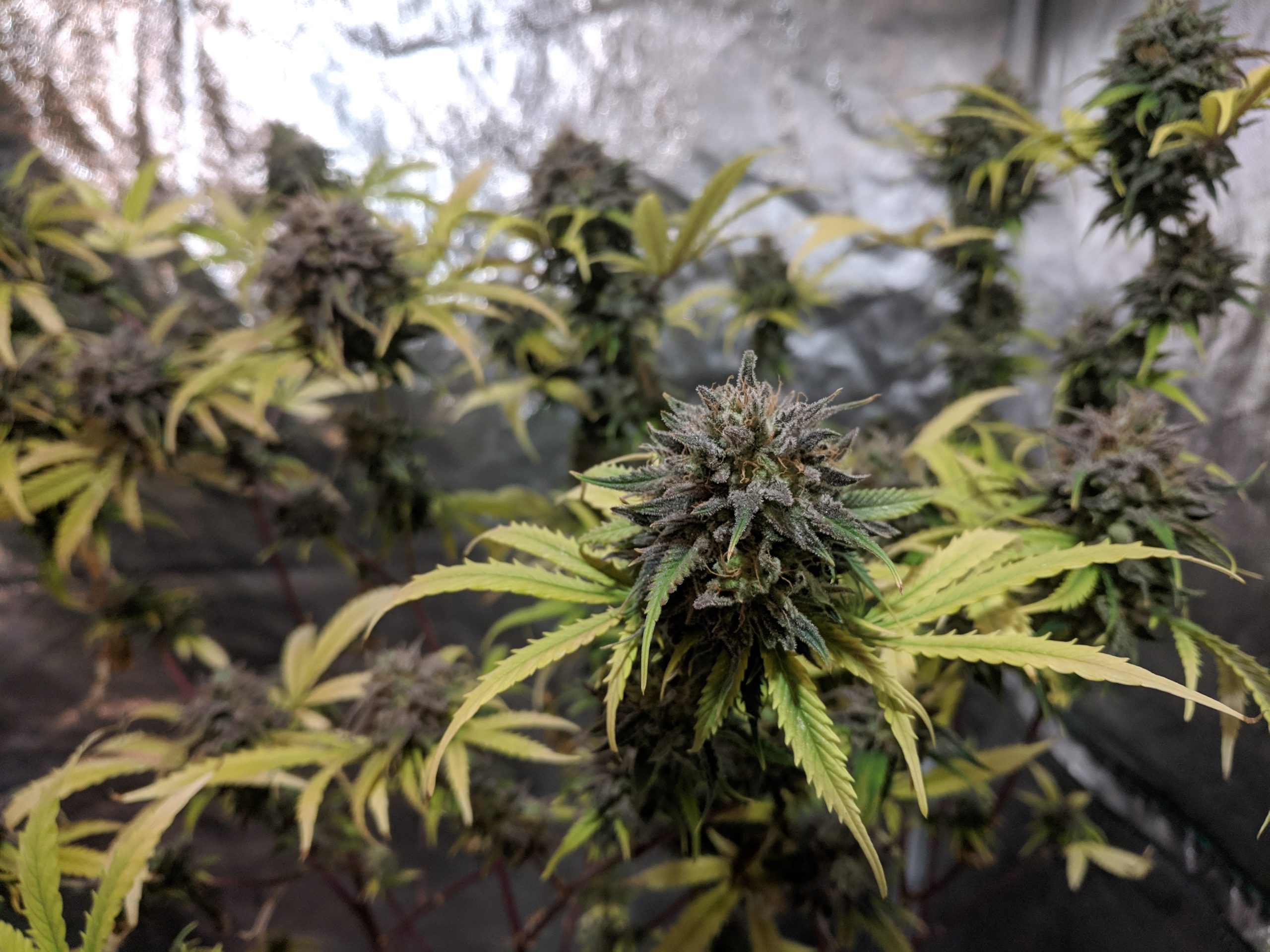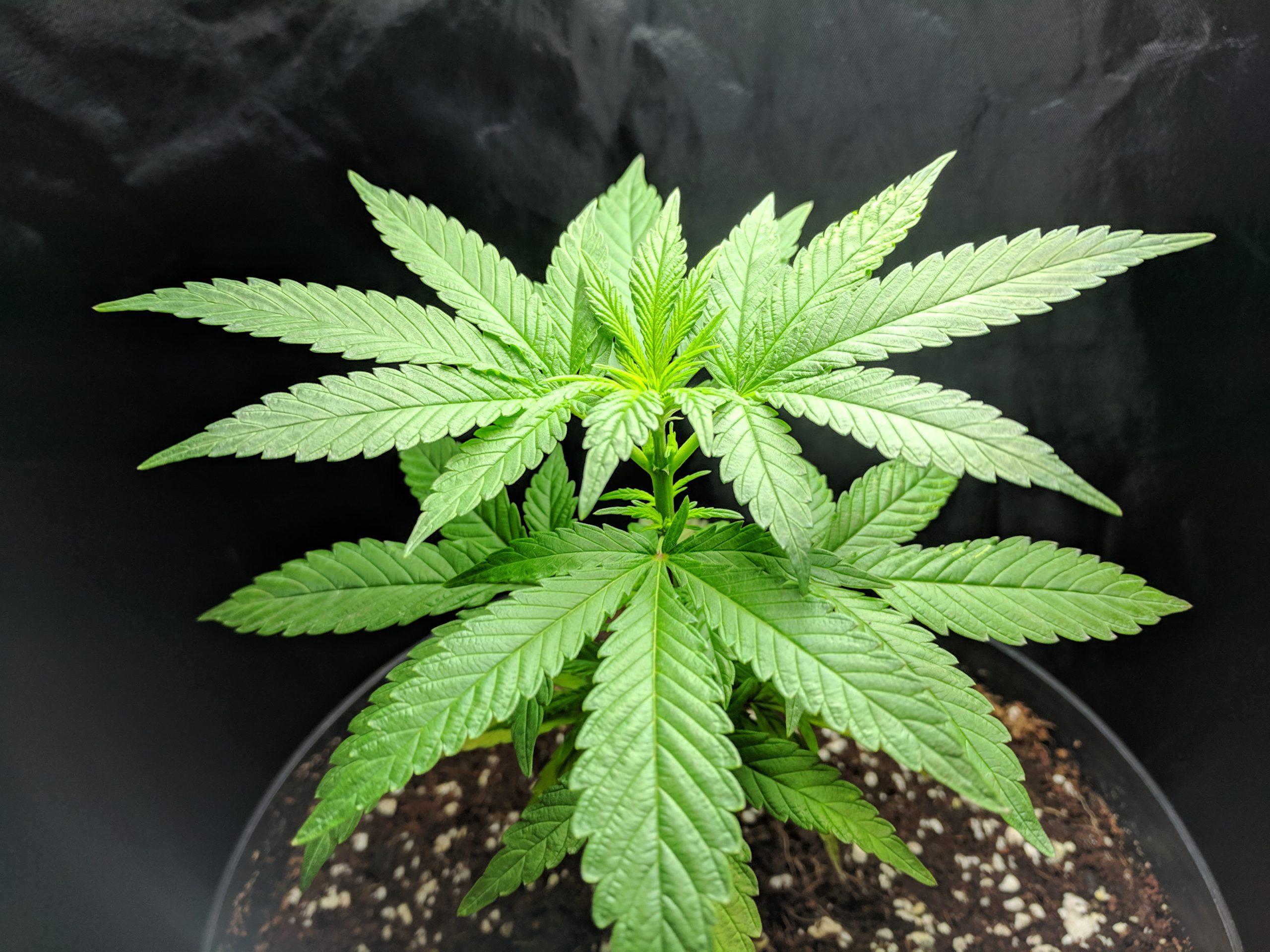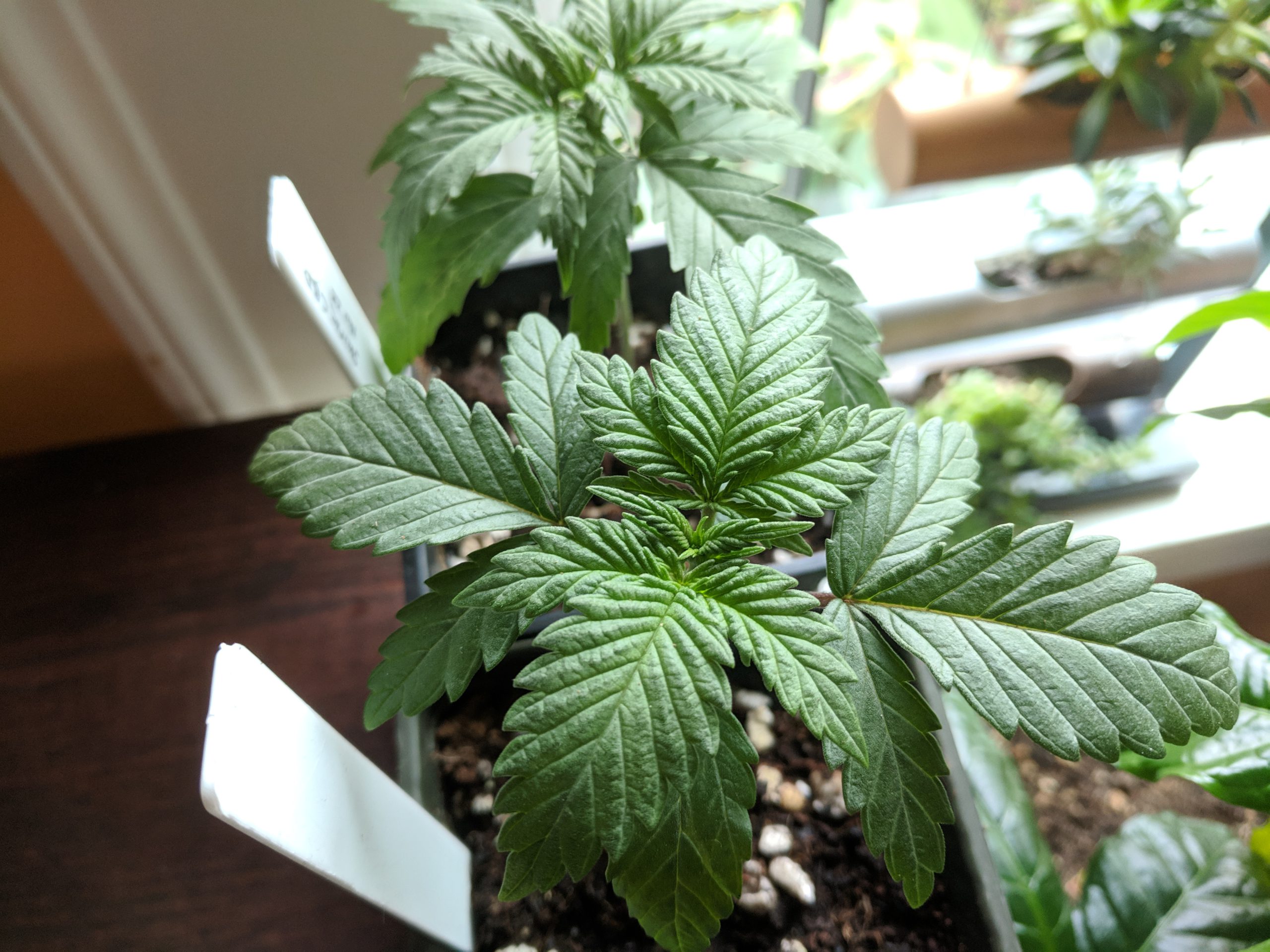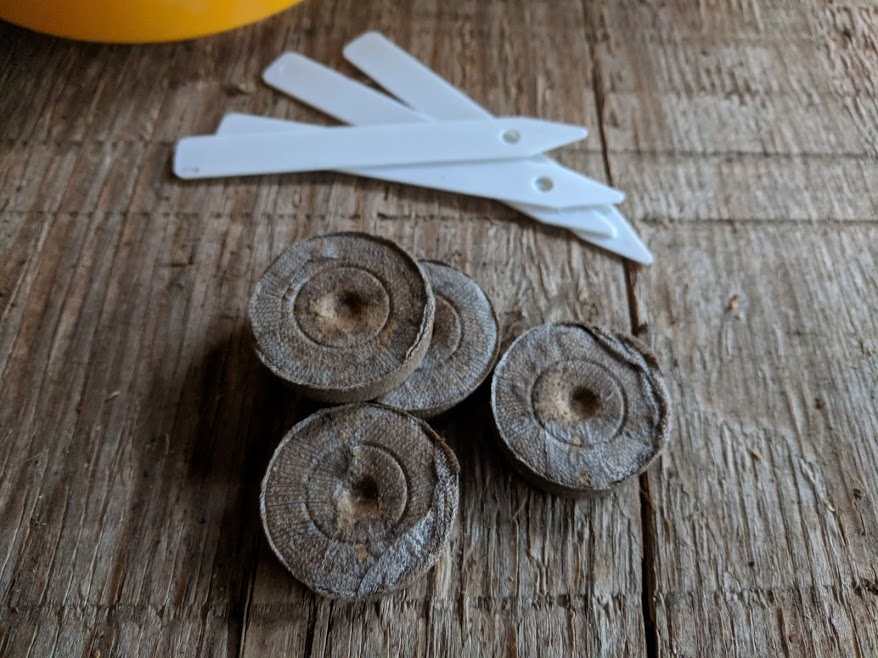In this guide, we’ll walk through caring for your marijuana plants during the flowering stage. The flowering stage is the final stage of the plant’s life and begins after darkness lasts longer than 12 hours for photoperiod strains or after a set amount of time for auto-flowering strains. During this phase, the plant will produce sexual organs in an attempt to procreate before dying. Females produce the flowers that we all like to smoke and male plants produce pollen sacs, which aren’t good for anything other than causing the females to produce seeds. If you are growing bud to smoke, you want to remove any males as soon as you identify them.
Primary Objective: The objective during this phase is for your plants produce flowers or buds. At the beginning of flowering, most strains will put on rapid vertical growth that often causes them to double in height.
Optimal Environment: Think late summer and early fall, with cooling temperatures and decreasing humidity. Along the edge of the forests, the adult plants will rustle in the gentle winds as they reach toward the waning sun that shines for less than 12 hours a day. Rains come frequently but with time to dry the soil between. Building large bud structures requires nutrients high in phosphorus and potassium.
Flowering Care
Grow Space
Most strains tend to stretch at the beginning of flower, often doubling in height. Make sure you have ample vertical grow space to account for this.
If you are growing photoperiod strain, you will need to make sure that your grow space can be completely dark for over 12 hours per day. Even a quick flash of light can be enough to interrupt the flowering cycle. Grow tents are ideal for light control, but cabinets or closets work well too.
Learn more about grow spaces here..
Lights
Provide ample bright lights for under 12 hours per day. Photoperiod plants require at least 12 hours of uninterrupted darkness per day to flower. If the darkness is interrupted often, the plant will leave the flowering and revert to vegging. High powered LEDs or HPS are recommended for the most productive grow. During flowering, you can place the lights closer to the plants than in vegetative growth, but generally keep LEDs at least 12 inches (30cm) away. Learn more about lighting options and schedules here.

Temperature/Humidity
With flowering plants, we are trying to replicate late summer and fall conditions. Ideal temperatures are between 70 and 85F (21C-30C) and should not go above 90F (32C) or below 60F (15C). Flowering plants need less humidity than seedlings or vegging plants. Increased humidity runs the risk of mold, rot, and pests, so keep the relative humidity around 40-45%.
Water/Nutrients
For watering, flowering plants follow the same rule as all other phases:
DO keep the soil warm and moist throughout the vegetation phase.
DO NOT flood or saturate the medium, since this will prevent the roots from getting enough oxygen. Too much water and the seedling will suffer root and nutrient problems and will eventually fail. Flowering plants are not as resistant to over watering and under watering as vegetating plants.
Flowering plants also need macronutrients for basic building blocks in the budding process. Unlike the vegetation phase, plants in flower do not need as much nitrogen (too much can slow production) but need increased phosphorus and potassium. Flowering plants need micronutrients also, like iron, calcium, zinc, etc. Too many micronutrients can block macro-nutrients. Most nutrients are only available to the plant at specific pH ranges. Using balanced multi-part nutrient systems are the best mechanism to assure your plants get what they need.
Learn more about watering and nutrients here

Pest Control
Plants in the flowering phase don’t recover from pest outbreaks as easily as vegetating plants, so the key to effective pest control is to be proactive before there is an outbreak. Pests thrive in the same conditions as your plants, so it is inevitable that they will find your crop if you don’t take steps to prevent them from establishing a foothold in the first place. Whether it’s mites, mold or whiteflies, there are a few preventative measures that can help you keep your crops safe:
- Keep it clean; don’t leave litter, rotting leaves or standing water in your grow space since this provides excellent hiding spots and food sources.
- Don’t spray the plants right before lights out; water droplets left on the leaves can encourage mold and mildew.
- Keep proper temperature and humidity; too warm and humid and pests will thrive.
- Use neem oil treatments at least once a week to make it more difficult for pests to gain a foothold.
- Treat outbreaks aggressively
It’s safe to spray neem onto the bud sites. Neem has a strong fragrance, so you might want to avoid using it for the last weeks before harvest.
To learn more, read about a balanced approach to handling pests in cannabis, diagnose problems with our troubleshooting guide and how to use neem oil to protect your plants.
Transplanting
Cannabis plants should not be transplanted in flower if it can be avoided. Since transplanting is stressful, you should make every effort to have the plant in its final container before starting flowering. If transplanting cannot be avoided, use extreme care in transplanting to minimize stress and damage.
Training & Pruning
Vegetating cannabis grows rapidly and is extremely robust to both high and low-stress training. During the flowering phase though, your plant becomes less robust to stress and any injury can slow growth. As a general rule, you should not cut, injure or perform any other high-stress activity on your flowering plant. After a few weeks in flowering, the plant will become rigid and vertical growth will slow – at which point even low stress training techniques should no longer be used.
Prune your flowering plants selectively. Removing small bud sites from the understory can focus growth on the big buds up top. You can also pull fan leaves that are damaged or excess fan leaves for additional airflow. Always be gentle with your flowering plant and never take too much at one time.

Is my plant male or female?
Cannabis plants are dioecious plants, which means that each plant (almost) always has either male or female organs. This is important when you’re growing cannabis to smoke because you only want the flowers of the female plant and you don’t want them to be pollinated by male plants. Pollinated flowers produce seeds, which drastically reduces potency and flower yield.
You can tell the sex of a cannabis plant 5 to 14 days after flowering starts by inspecting the growth tips near the plant’s nodes. Female plants begin growing white hairs, or pistols, out of pointy calyx that will eventually form the bud structures.
Male plants will form tiny grapes like pollen sacs, like in the picture below. These should be removed from your garden as soon as possible to avoid pollinating female plants. Male plants almost never produce substantial amounts of THC.

When is the flowering phase over?
The flowering phase is over when your buds are ready to harvest. It varies by strain, but generally, your buds will be ready to harvest between 8 to 10 weeks after flowering starts. There are two simple methods for determining when your cannabis plants are ready for harvest:
Most Precise: After a certain percentage of trichomes have turned milky or cloudy
Simplest: After a certain percentage of pistils have darkened
Learn all about when and how to harvest here.

What’s wrong with my plant?
Sometimes things don’t go the way you planned, and it seems that no matter how careful you are, things are going to go off the rails with cannabis sometimes. Unfortunately, there isn’t a lot of time to correct issues. Mite, mold and other pests can also wreak havoc on your crops, so you need to act quickly.
Nutrient deficiencies are common in flowering plants. Nitrogen deficiency is even normal, as the plant needs much less nitrogen during flowering. Other deficiencies are often caused by pH balancing problems, and not a lack of nutrients in the medium. These are simple to diagnose and easy to correct, but need to be addressed quickly in flowering plants.
Learn how to diagnose and correct problems with our troubleshooting guide.





